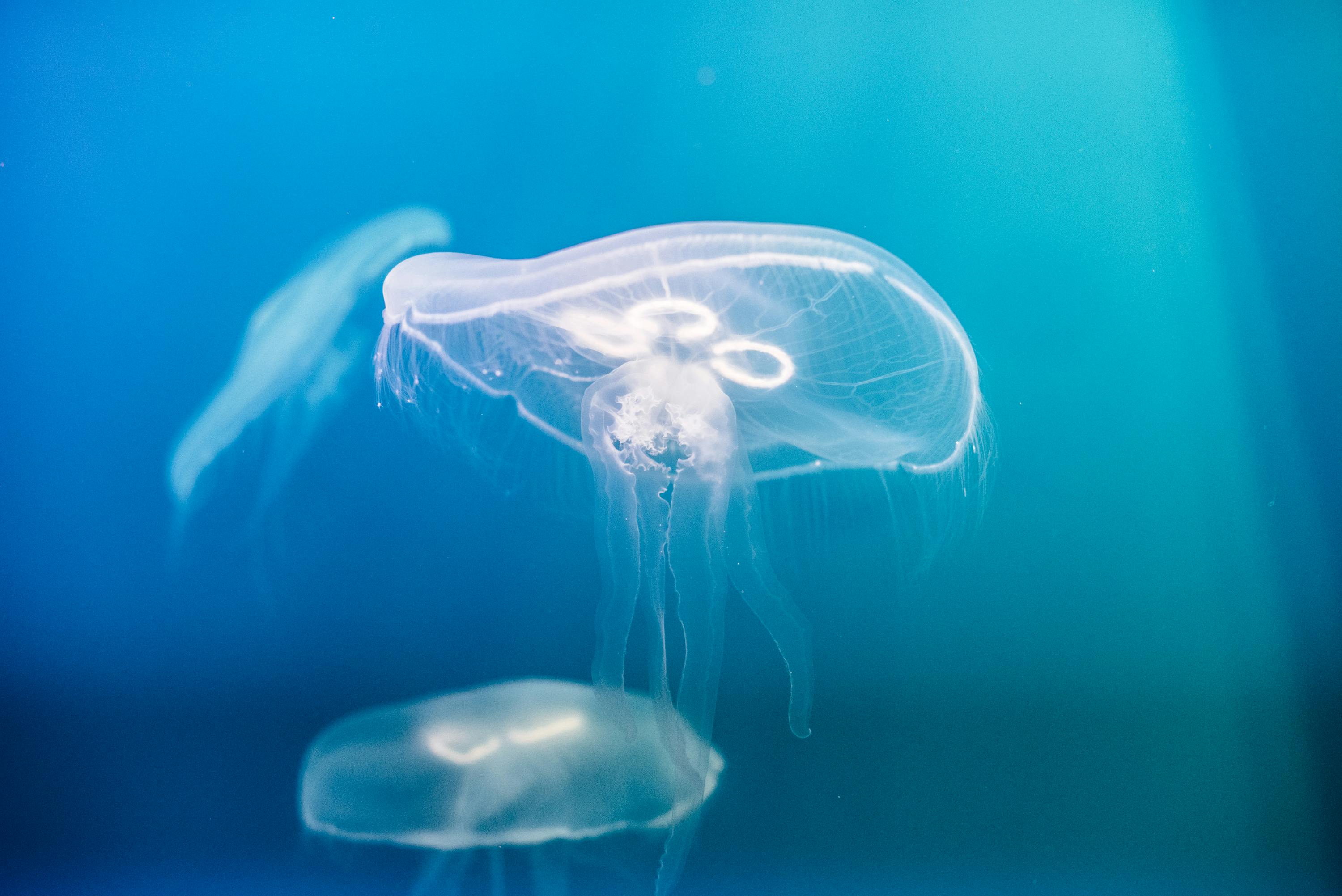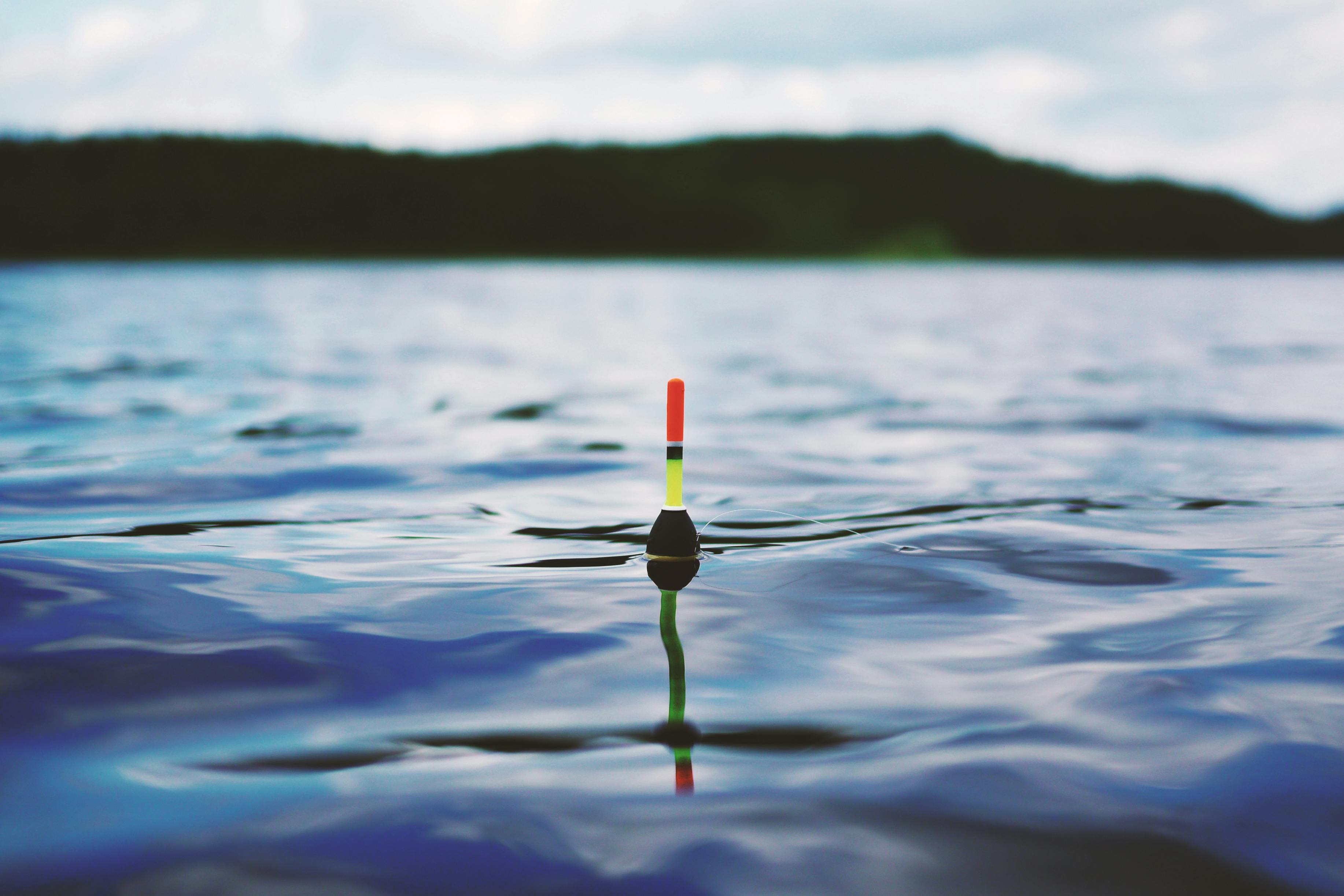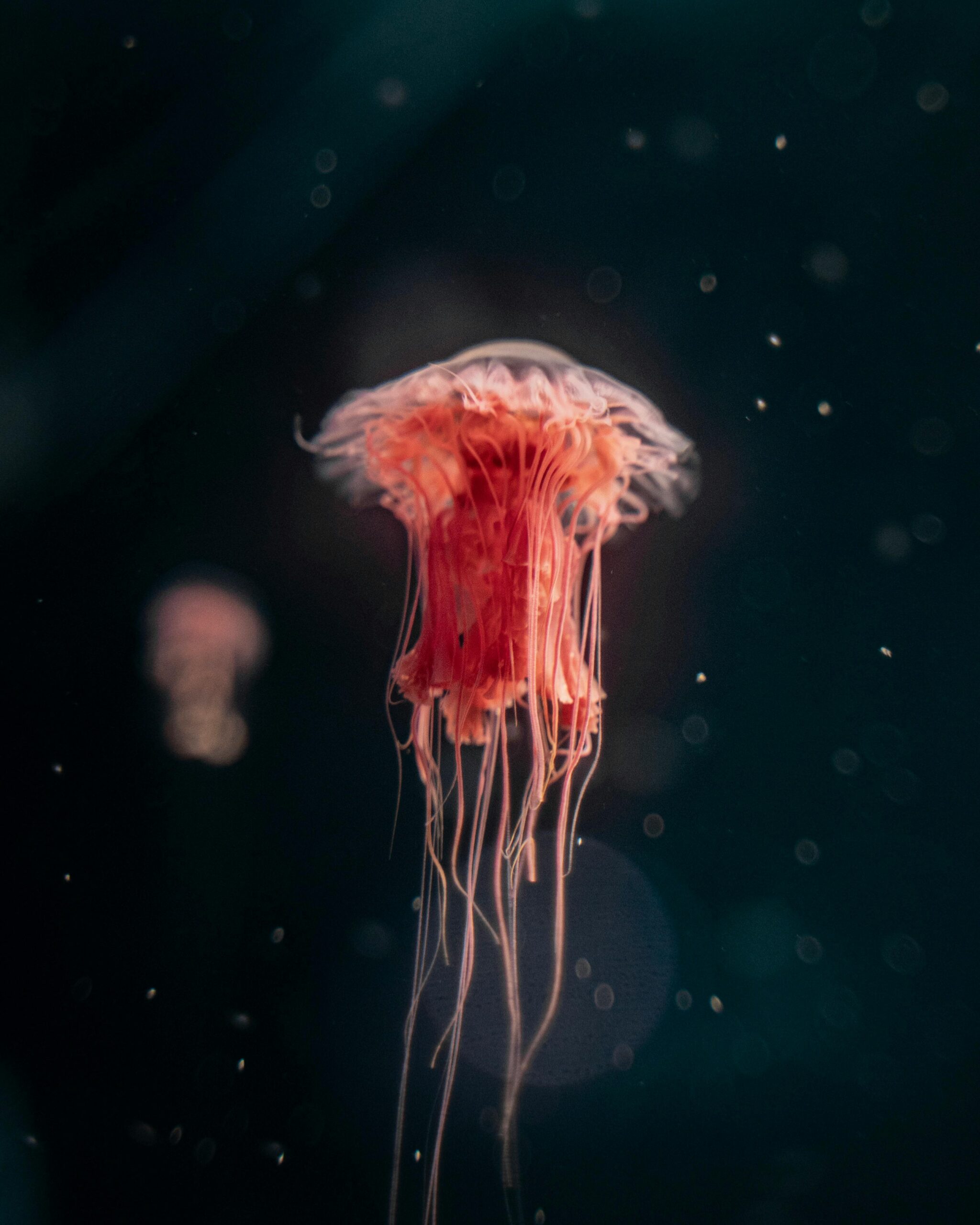Smart Ways to Enhance Floating Sea Aquatics in 2025: Discover Proven Techniques

As we navigate through the ever-changing landscapes of aquatic environments, enhancing floating sea aquatics has become not just feasible but essential. In 2025, sustainable aquatic practices are at the forefront of marine biology and conservation efforts, focusing on employing innovative techniques that augment our understanding of underwater ecosystems. Floating sea aquatics play a crucial role in providing habitats for diverse fish species and supporting vibrant aquatic life, while simultaneously optimizing water quality and preserving ocean health.
This article will highlight the best methods to optimize floating gardens, aquatic plants, and fish habitats. We’ll delve into effective aquatic ecosystem management strategies, ranging from enhancing biodiversity in water bodies to sustainable fish farming and habitat restoration techniques. In addition, we’ll explore proven methods to combat water pollution and improve aquatic health through better water quality monitoring. Join us on this journey to protect the wonders of marine ecosystems while promoting aquatic wellness.
Essential Techniques for Enhancing Floating Gardens
Floating gardens represent a revolutionary approach to creating productive aquatic habitats. These systems not only beautify water bodies but also enhance biodiversity, providing vital support for marine life. To fortify floating sea aquatics in your area, consider the following techniques:
Incorporating Native Aquatic Plants
Utilizing native aquatic plants is one of the most sustainable strategies to enhance floating gardens. Plants such as water lilies and submerged plants promote a balanced ecosystem and provide essential habitats for freshwater organisms. They enhance oxygen levels and support fish breeding by creating protective environments for vulnerable fish species.
Utilizing Eco-Friendly Materials
When planning floating gardens, using eco-friendly materials can significantly reduce environmental impacts. Consider biodegradable substrates or recycled plastics to build structures for aquatic plants. This practice not only supports aquatic health but is also a step towards ocean conservation and reducing habitat loss.
Implementing Aquaponics Systems
Aquaponics marries fish farming with aquatic gardening, creating a symbiotic environment beneficial for both fish and plants. By recirculating water between fish tanks and plant beds, aquaponics systems enhance water quality and alleviate algae control issues. This sustainable technique allows for greater biodiversity, as it can support a variety of fish species and aquatic plants, while providing healthy produce for communities.
Regular Maintenance and Monitoring
Maintaining floating gardens is crucial for ensuring their sustainability. Regular monitoring of water quality is essential to gauge nutrient levels, temperature, and pollutants, which influence fish behavior and plant health. Implementing a comprehensive management plan helps prevent aquatic blooms and maintain an optimal environment for aquatic wildlife.

Optimizing Water Quality for Healthy Aquatic Habitats
Water quality is the backbone of thriving aquatic ecosystems. Regular assessments help to identify areas needing improvement while ensuring the health of aquatic wildlife and plants. Here are effective strategies to enhance water quality:
Utilizing Advanced Water Filtration Techniques
Modern water filtration systems can drastically improve the health of aquatic habitats. Utilizing biofilters or constructed wetlands can help in managing excessive nutrients, ultimately improving water clarity and quality. This is especially important in areas prone to pollution, enhancing the overall health of marine ecosystems and the creatures within.
Employing Natural Algae Control Methods
Algae blooms can lead to detrimental impacts on aquatic life, including oxygen depletion and toxic environments. To combat this, integrate natural methods such as utilizing certain species of fish or plants that feed on algae, promoting balance within the aquatic ecosystems. This sustainable approach aids in preserving ecological integrity.
Regular Water Quality Monitoring
Implement a comprehensive water quality monitoring regime to evaluate parameters such as pH, dissolved oxygen, and nutrient levels. Engaging local communities in water quality assessment can promote awareness of aquatic health issues and highlight the importance of marine conservation strategies within the community.
Enhancing Biodiversity through Sustainable Aquaculture
To further improve floating sea aquatics, sustainable aquaculture offers promising methods for boosting biodiversity while responding to growing populations and demand for fish. Here’s how to implement sustainable practices in fish farming:
Integrating Traditional Aquaculture Practices
Traditional aquaculture techniques can be optimized to balance fish population dynamics and ecosystem health. Practices such as crop rotation of fish species and utilizing polyculture environments can promote a diverse array of species, reducing over-fishing pressures and encouraging genetic diversity within populations.
Focusing on Endangered Fish Conservation
Incorporating conservation efforts within aquaculture can contribute towards sustaining endangered fish species. Breeding programs focused on local species can restore populations while raising awareness on their ecological importance. Such initiatives can significantly enhance aquatic biodiversity.
Implementing Innovative Feeding Practices
Exploring sustainable feeding strategies such as using locally sourced organic feed not only benefits fish health but also minimizes the environmental impact associated with traditional fish farming methods. Employing innovative feed formulations can support better growth rates while ensuring minimal wastage.
Marine Conservation Practices for Sustainable Aquatic Futures
The health of ocean ecosystems is essential for maintaining water biodiversity. Marine conservation practices not only enhance floating sea aquatics but also secure the future of our planet’s aquatic resources. Below are key strategies relevant to conserving our underwater environments:
Creating Marine Protected Areas
Establishing marine protected areas (MPAs) plays a crucial role in safeguarding coastal ecosystems from pollution and habitat loss. These areas promote sustained marine biodiversity and restore depleted fish populations, ensuring quality food resources for future generations. Involving local communities in the management of these areas can promote accountability and environmental stewardship.
Engaging in Community Aquatics
Engaging local communities in aquatic conservation initiatives fosters a deeper connection to marine environments. Programs emphasizing education and hands-on conservation activities empower individuals to make informed decisions regarding resource management and sustainable practices that benefit aquatic habitats.
Promoting Ocean Health Research
Investing in marine biology and aquatic research is vital to understanding aquatic ecosystems and their response to climate change. Collaborative research projects can drive policy development, enhancing the protection of marine environments while promoting sustainable practices and boosting the economy through eco-tourism opportunities.
Q&A: Your Questions About Floating Sea Aquatics Answered
Q: What are floating gardens, and how do they benefit aquatic ecosystems?
A: Floating gardens are man-made structures that support aquatic plants on the surface of the water. They enhance aquatic biodiversity by providing habitats for fish and other wildlife, improving water quality, and promoting photosynthesis, which is essential for maintaining a balanced ecosystem.
Q: How do I manage water quality in my pond or aquarium?
A: Regular water quality testing for pH, ammonia, nitrate levels, and temperature is essential. Employing filtration systems and regular cleaning can help maintain water clarity and promote a healthy aquatic environment.
Q: What is sustainable aquaculture, and why is it important?
A: Sustainable aquaculture involves raising fish species in a way that minimizes environmental impact and promotes habitat conservation. It ensures food security while preserving marine ecosystems, reducing the pressure on wild fisheries.
Q: How can I get involved in marine conservation?
A: Joining local conservation groups, participating in beach cleanups, and advocating for sustainable practices within your community are great ways to contribute to marine conservation efforts.
Q: What role does community engagement play in aquatic conservation?
A: Community engagement fosters awareness and encourages local populations to take an active role in protecting their aquatic resources. Community initiatives can be powerful tools for promoting sustainable practices and addressing environmental challenges.
With these techniques and insights into floating sea aquatics, individuals and communities can play an integral role in enhancing underwater ecosystems while ensuring the health and vitality of marine life for the years to come.
